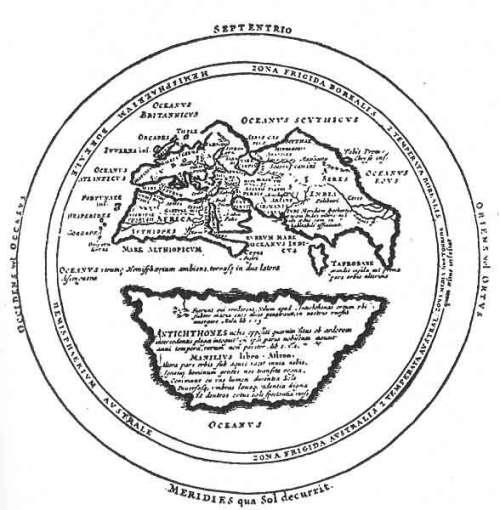
George Balanchine
The Nutcracker
Waltz of the Flowers
New York City Ballet
“You don’t think of choreographers as mathematicians — yet group dances involve arithmetic and geometry. Nobody mastered those aspects of the art more brilliantly than George Balanchine.
See what he does with the “Waltz of the Flowers” in “The Nutcracker,” as in this short detail:As it begins, 14 women, arrayed in four rows, face front. The two demi-soloists start: They dance from our right to left, with two turning jumps at the end of the phrase. Then a row of four women behind them take up the same phrase — but now the first two women repeat the phrase in the opposite direction, from left to right.It’s like seeing screens sliding in opposite directions. Then the next row takes it up; then the next; suspense and excitement build. It’s an accumulating canon — not spread out across the stage but at close quarters”. Alastair Macaulay
